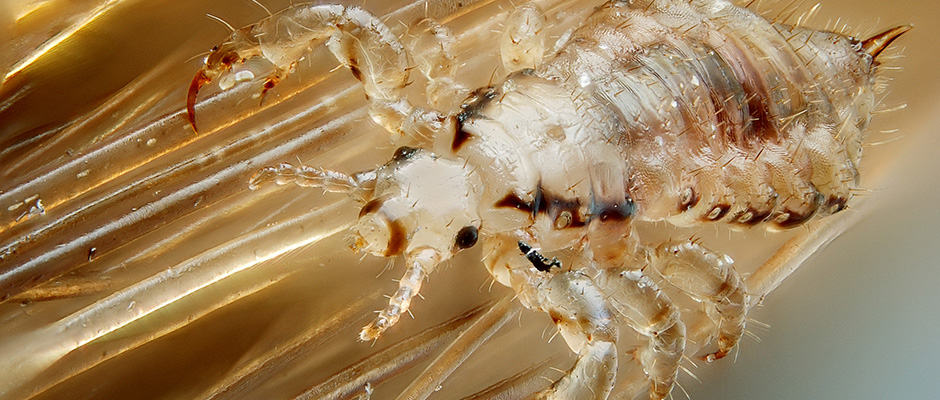Share this article
Parasites in Peril, Researchers Find
Parasites have notorious reputations for not only sapping their hosts of valuable resources, but also spreading disease and infection — a serious threat for hosts teetering on the brink of extinction. Unsurprisingly, scientists working to save endangered host species in captivity often kill parasites found on individual hosts. However, these efforts to save some species may drive others to extinction: According to a recent paper published in Conservation Biology, at least two louse species have likely gone extinct as a result of conservation efforts to save their hosts.
In the past, both the California condor and the black-footed ferret suffered such population losses that scientists tried to breed the endangered species in captivity to increase their numbers. As part of both breeding programs, conservationists killed parasites living on or in the individual condors and ferrets. For many species of parasites removal might not have been an issue — others of their kind would live to see another host another day. But for the louse Colpocephalum californianus and the ferret louse Neotrichodectes sp., which are species-specific and rely on those particular hosts to survive, the delousing spelled their doom. Scientists believe both species of parasites are now extinct. “It is unfortunate that these programs did not account for the parasite’s conservation,” wrote Dolly Jørgensen, an environmental historian from Sweden’s Umea University and the paper’s author. In addition, scientists estimate that about 40 species of lice are co-endangered with hosts listed on the International Union for Conservation of Nature (IUCN) red list. And the threat isn’t specific to lice. Elizabeth Nichols, a biologist and parasite researcher from Brazil’s Sao Paulo University, estimated more than 1,000 species of parasitic worms called helminthes are endangered.
“Biodiversity conservation needs to account not only for the large fauna,” wrote Jørgensen, “but also for the small fauna along for the ride,” Unfortunately, parasites don’t have the largest fan following and, as a result, calling for their protection can be a difficult sell. Although they’re often viewed as organisms that inflict harm inside a single host, they tend to play a much more complicated role. Nichols thinks of parasites as ecosystem puppeteers. They pull the strings on the entire population, she explained. In general they separate the sick from the healthy, they determine how many individuals are part of the population, and they can control which individuals can reproduce and which cannot, among other things. Depending on which of these strings they pull, parasites can exert pressure that causes host populations to shift. In this way parasites drive evolution and keep host populations healthy, though at the expense of the infected individual hosts.
Historically, efforts to conserve threatened and endangered species have not often taken parasites into consideration, said Nichols, but a more nuanced approach is emerging. Jesús Péréz from Jaén University in Spain recommends conservationists pick species-specific lice off the endangered Iberian lynx and save them for when the lynx is reintroduced into the wild. Further, in 2013, the IUCN added an amendment to their relocation guidelines recommending wildlife managers consider re-establishing parasites that may also go extinct with their host species when feasible. The subtlety is important because saving parasites isn’t practical for every situation, explained Nichols. “No one is trying to do the wrong thing,” she said. “It’s just really unclear what the right thing is at the right time.”
Header Image: Image Credit: Gilles San Martin








